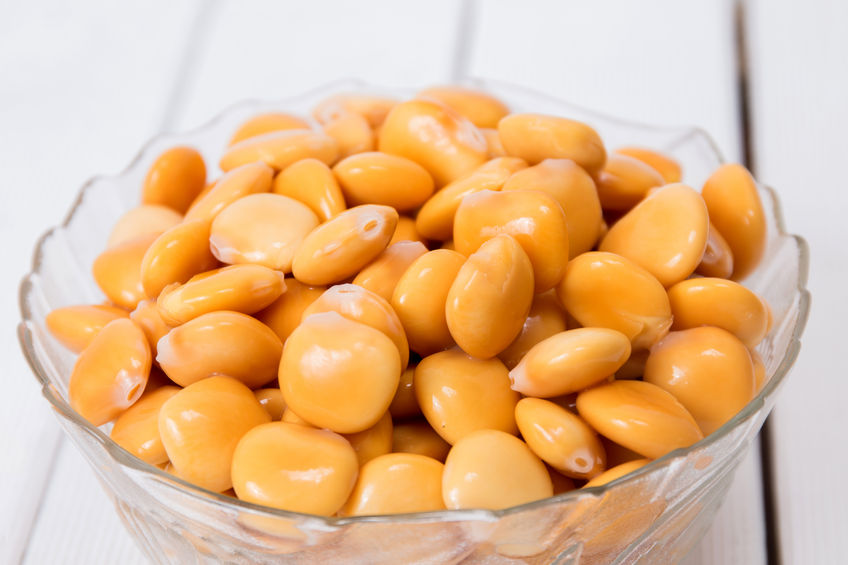
A group of farmers are running a new ‘field lab’ to test the viability of growing combinable organic proteins, in particular Lupins, for animal feed.
With the current difficulties in maintaining a regular supply of imported organic protein for animal feed manufacture, Lupins may offer a solution, providing a valuable cash crop and also improving soil fertility
Lupins offer a good protein level as a combinable crop and can be used in feed mills without additional processing.
Nigel Mapstone of Mole Valley Farmers, who is co-ordinating the field lab with agricultural network Innovative Farmers, said: “Lupins are high in protein and good to grow in our temperate climate. This can help to reduce feed miles and, perhaps more importantly, offer greater self-sufficiency and food security for the UK.”
'Many benefits'
Lupins provide many benefits, such as being a good source for pollinators. They are also a nitrogen fixing legume, so can be included in an arable rotation to reduce the need for fertiliser and improve crop yields.
Mr Mapstone said modern varieties of blue and white Lupin give better yields and mature earlier than previous commercial varieties, although consideration will still need to be given to soil type.
He continued: “At Mole Valley Farmers we identified possible further concern with the supply of organic animal feed, but also a rise in demand from the USA.
“The UK has a great climate for growing these kinds of crops and we are hoping that the more tolerant Lupin, which also requires less processing, could offer British farmers an answer. At present due to unreliable yields there are very little combinable organic proteins grown in the UK.
“Some of the farms involved in the trial have a higher soil pH and so may look at growing soya instead of Lupin. Soya may do better on chalk down-land where some of the group farm.”
